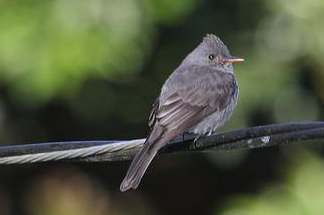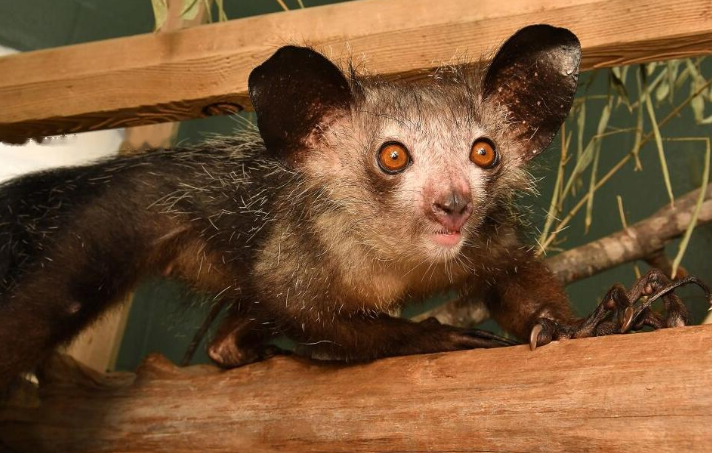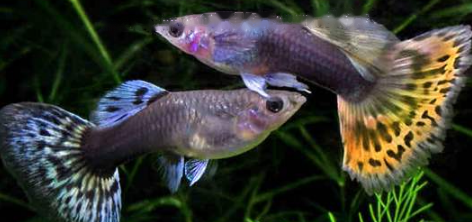Guys, have you seen Teenage Mutant Ninja Turtles? Whether in movies or cartoons, Teenage Mutant Ninja Turtles is a very popular type of turtle. So today, the editor wants to introduce the yellow-headed side-neck turtle known as Ninja Turtles from 7 directions. Let's take a look~
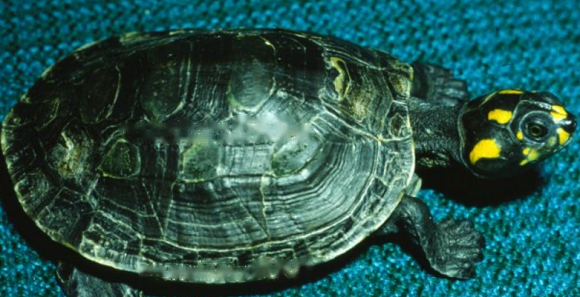
First, the yellow-headed side-necked turtle Basic information
【Chinese name】Yellow-spotted turtle
【Latin name】Podocnemis unifilis
【English name】Yellow-spotted River Turtle; Yellow-headed sideneck turtle, Terecay, Tracaja; Yellow-spotted Amazon river turtle; Yellow-spotted Amazon Turtle
[alias] yellow-spotted sideneck turtle, yellow-striped sideneck turtle, Teenage Ninja Turtle
【Kingdom】Animal Kingdom
【Domain】Chordates
【Subphylum】Vertebrate Subphylum
【Class】Crawling Class
[Subclass] Turtles
[Order] Turtles
[Family] Side-necked Turtles
【Genus】South American Side-necked Turtles
【Species】Yellow-headed Side-necked Turtles
【Named by】Troschel
【Named Time】1848
II. Appearance characteristics of the yellow-headed side-necked turtle
The yellow-headed side-necked turtle is medium in size, and the weight of the adult turtle is about 1kg. The head is medium in size, dark brown in color, with some yellowish or orange-red markings on the top and sides of the head, a streamlined bill, large eyes, and a thick neck. The length of the carapace can reach about 68 cm, oval in shape, with a slightly raised top and a ridge in the center. The color of the carapace of young turtles is light olive, while the color of the carapace of adult turtles is darker. The color of the plastron is light yellow, and the front end of the plastron is semicircular, which is generally larger than the rear half. Brachial shield. The color of the limbs is gray-brown, with 3 large scales on the edge of the hindlimbs, webs between the toes, 5 claws on the forelimbs, 4 claws on the hind legs, and a short tail with a grayish-brown color.
PS: When the yellow-headed side-neck turtle extends its head, the head and neck will extend from the side. When the head is retracted, the head and neck will be bent to one side so that the head can be retracted into the shell.
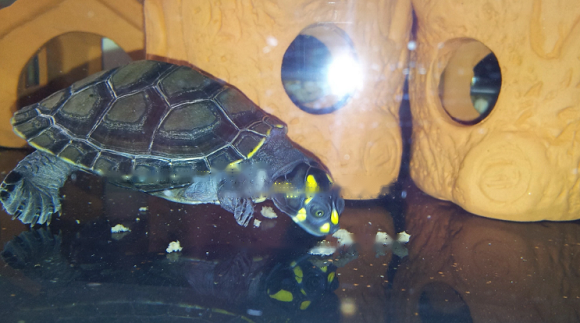
III. Male and female identification of yellow-headed side-necked turtles
1. Tail: Male turtles have longer tails, whereas female turtles have shorter tails.
2. The distance between the cloacal foramen and the rear edge of the plastron: the cloacal foramen of male turtles is farther from the rear edge of the plastron, whereas the female tortoise is closer to the rear edge of the plastron.
IV. The living environment of the yellow-headed side-necked turtle
1. Distribution range
The distribution range of the yellow-headed side-necked turtle Relatively wide, both at home and abroad. The overseas distribution places include Bolivia, Brazil, Colombia, Ecuador, French Guiana, Guyana, Peru, Suriname, and Venezuela; the domestic distribution places include Guangxi (Nanning, Qinzhou, Baise and other cities).
2. Living waters
The yellow-headed side-necked turtle belongs to the aquatic turtle class, mainly living in lakes, rivers, swamps and other waters.
5. Eating habits of the yellow-headed side-necked turtle
The yellow-headed side-necked turtle mainly eats some plant foods, such as fresh aquatic plants and fruits Wait.
6. Reproduction methods of yellow-headed side-necked turtles
Female turtles will lay eggs from April to September every year, and can lay eggs for 2- 3 times, the number of eggs laid each time is 5-15, the eggs are white and oblong, and the incubation time of the eggs is about 65 days.
VII. Conservation status of the yellow-headed side-necked turtle
The yellow-headed side-necked turtle is a protected animal and has been listed as endangered by the International Union for Conservation of Nature It is classified as Vulnerable in the Red List of Species (IUCN 1996); it is also listed in the Convention on International Trade in Endangered Species of Wild Fauna and Flora .
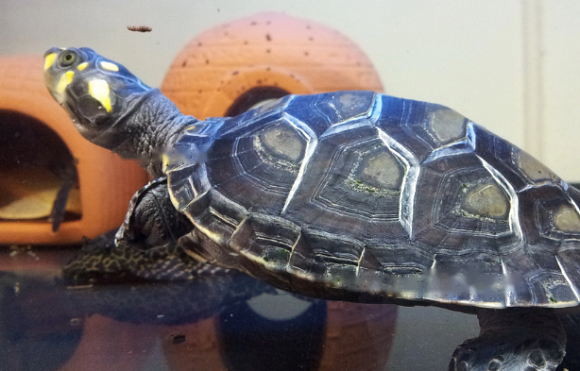
Okay, the introduction to the yellow-headed side-necked turtle, the editor will stop here! Guys, do you understand?
![[Original] Sharing of popular science knowledge of ringed map turtles](/static/img/11249/11249_1.jpg)




